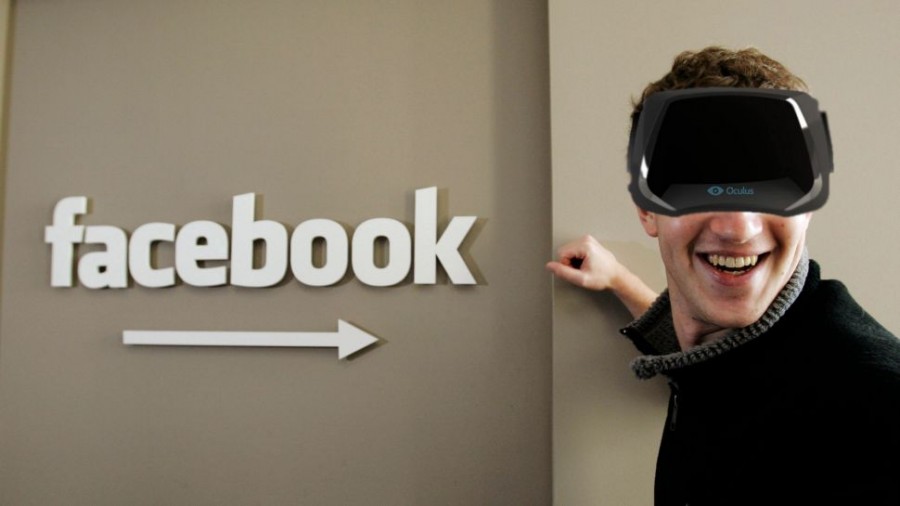Facebook Teleporter
November 20, 2015
As stated in Business Insider, Facebook’s chief technical officer, Mike Schroepfer, said the company plans to “effectively build a teleporter”. Tuesday, at a press event, Mike said, “Facebook wants to build a device that allows you to be anywhere you want, with anyone, regardless of geographic boundaries”. According to the Oxford Dictionary, a teleporter is defined as the act of being transported or to be transported across space and distance instantly. The teleporter is not actually a teleporter like many would presume, such as the ones seen in a science fiction movie. Facebook wants to advance the virtual reality experience by adding physical feedback. It is assumed to trick your senses into thinking you are somewhere you are not. Facebook has had its eyes fixed on making this dream a reality, or virtual reality for some time now, but yet it still lingers as a theoretical technology for the ordinary buyer. Last year, Facebook captured Oculus VR (Virtual Reality), and they intend to release the Oculus Rift VR headset next year. Oculus VR is an American virtual reality technology company founded by Palmer Luckey and Brendan Iribe. In June, Oculus announced the Oculus Touch. It depicts a users’ natural movements in VR. The touch controllers enable you to see your hands adding enhanced depth to the experience. When the touch begins shipping in the middle of 2016, it will also come with a tool called, the Medium. Oculus calls it “digital clay” that allows users to sculpt 3-D objects using the controllers. This past May, Oculus partnered with Surreal Vision, a computer vision company focused on real-time 3D scene reconstruction. The two companies are attempting to construct a technology that enables you to live stream your actual environment into virtual reality. The concept is that the advantages of VR, like manipulating objects that aren’t practically there, could be added into the real world. Oculus’ propositions with Touch and Surreal Vision are laying the groundwork for Facebook’s proposal for advanced VR, but the technology still has long ways to go.


